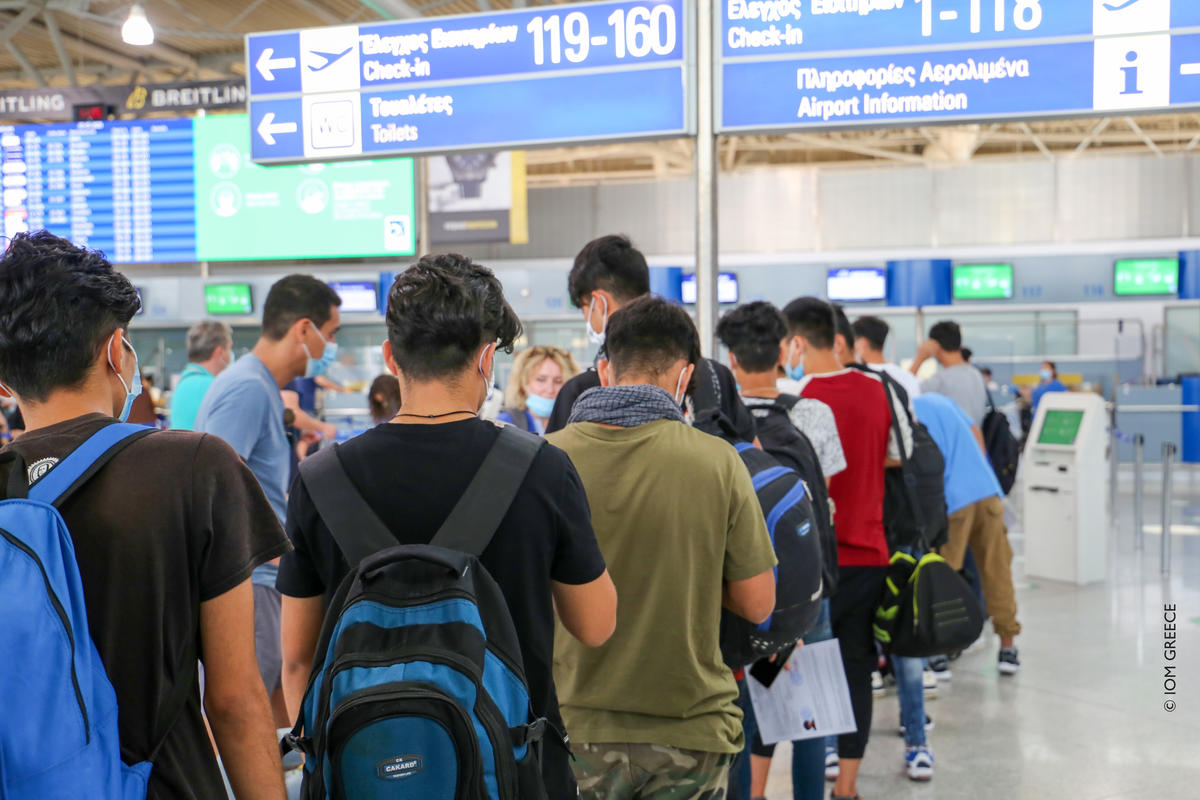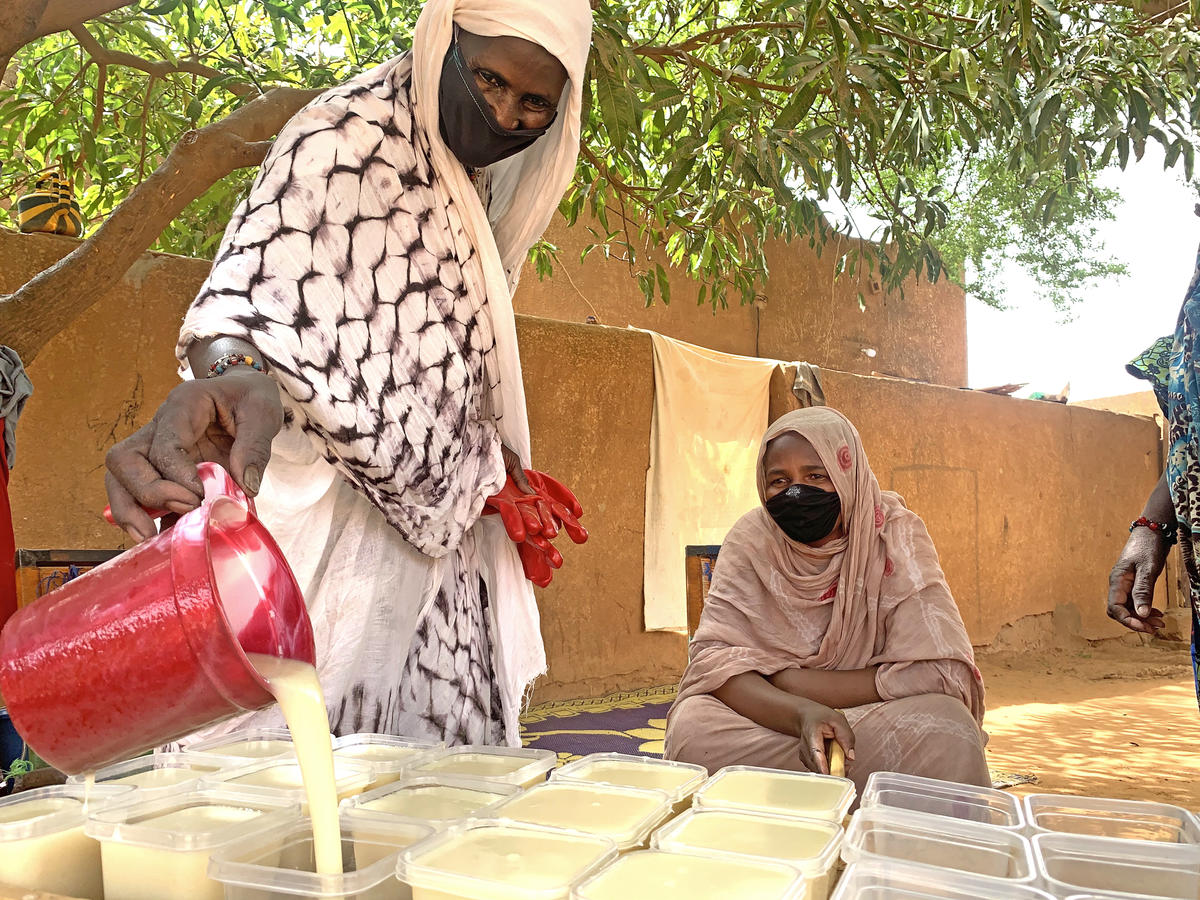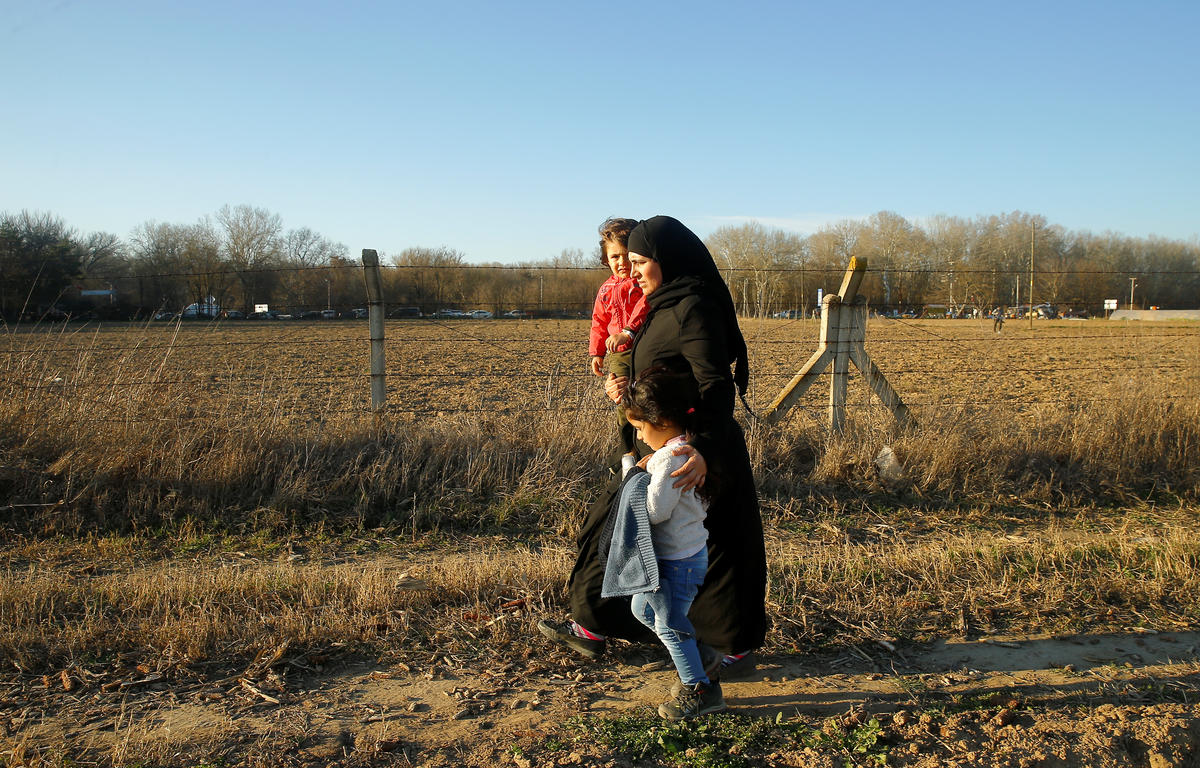Gulf of Aden: Crackdown in Bossaso, but crossings - and deaths - continue
Gulf of Aden: Crackdown in Bossaso, but crossings - and deaths - continue
At least 35 smuggling boats carrying more than 3,500 people have crossed the Gulf of Aden between Somalia and Yemen since the beginning of September. Since the September to March sailing season began last month, at least 54 people have died making the perilous voyage, and 60 are missing. On October 1 alone, a total of 575 Somalis and Ethiopians landed on the Yemeni coast near Bir Ali in five boats.
Those arriving in recent days said a smuggling crackdown by local militia and police was under way in Bossaso, in the self-declared autonomous state of Puntland, north-eastern Somalia. They told UNHCR staff in Yemen that many people - irrespective of nationality, gender or status - had allegedly been sent to Mogadishu or detained in Bossaso. These actions appear to be the result of a 25 September decree issued by the president of Puntland State prohibiting human smuggling.
UNHCR has repeatedly called for international action and donor support to tackle the root causes of people smuggling in the Gulf of Aden, including protection for the victims and prosecution of smugglers. But any crackdown should target the smugglers, not the refugees, asylum seekers and desperate migrants they prey upon.
New arrivals told UNHCR that they were taken to the smugglers by so called 'agents' operating in Bossaso and then waited up to a week at various departure points in Puntland. The fees charged for the voyage had dropped by 50 percent in late September, but have reportedly gone up again - from US$50 to $70 - in the last few days. With the crackdown in Bossaso, boats now appear to be leaving from other departure points along the 700-km Puntland coastline.
UNHCR earlier this year launched an awareness campaign in Puntland aimed at potential passengers warning them of the dangers involved in using smugglers to cross the Gulf of Aden. Despite these efforts, many people continue to take the risk and some are dying before reaching shore.
Of the more than 3,500 people known to have arrived in Yemen since early September, over 1,900 new arrivals eventually went to UNHCR's May'fa reception centre near Bir Ali on the southern Yemeni coast. Often dehydrated and severely traumatized by the journey, survivors reaching the centre are provided with food, medical care and other assistance. In September, some 526 asylum seekers, mostly Somalis, were transferred to Al Kharaz camp, about 100 km west of Aden. Al Kharaz currently has more than 9,100 Somali and Ethiopian refugees and asylum seekers cared for by UNHCR.
Many of the survivors, who are mostly men, cite insecurity, drought and economic hardship in Somalia, Ethiopia and Sudan as reasons for leaving their countries. Most of the Somalis making the journey are from the southern and central regions of Mogadishu and Baidoa, lower Juba and central Shabele. The Ethiopians originate mostly from Addis Ababa, Shoa Arsi, Bale, Hara, Tigray, Walla and the Ogaden region.
As one of the few countries in the region that has signed the 1951 Refugee Convention, Yemen has always been very hospitable towards refugees. It is presently hosting more than 88,000 registered refugees, of whom 84,000 are Somalis.









